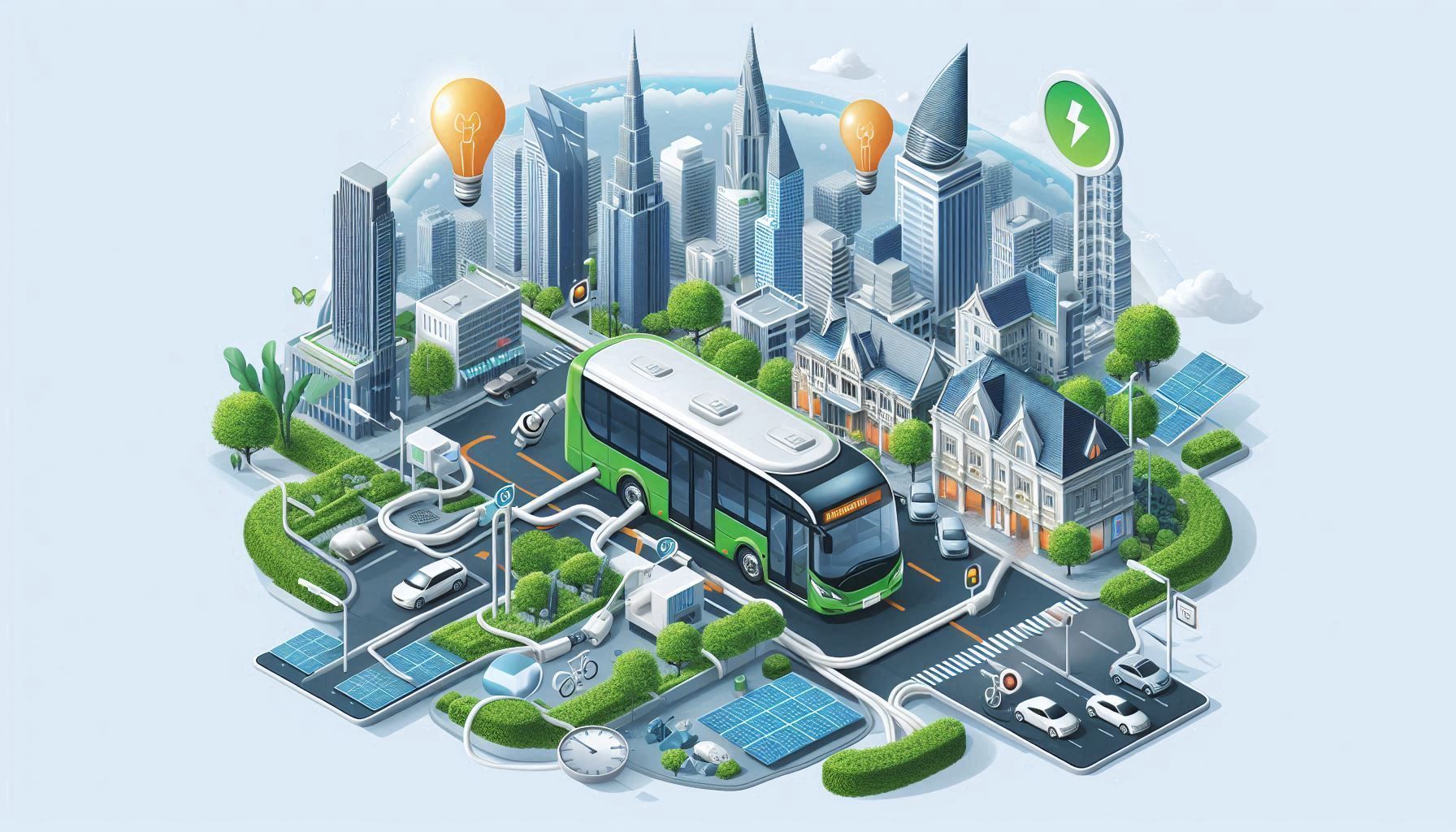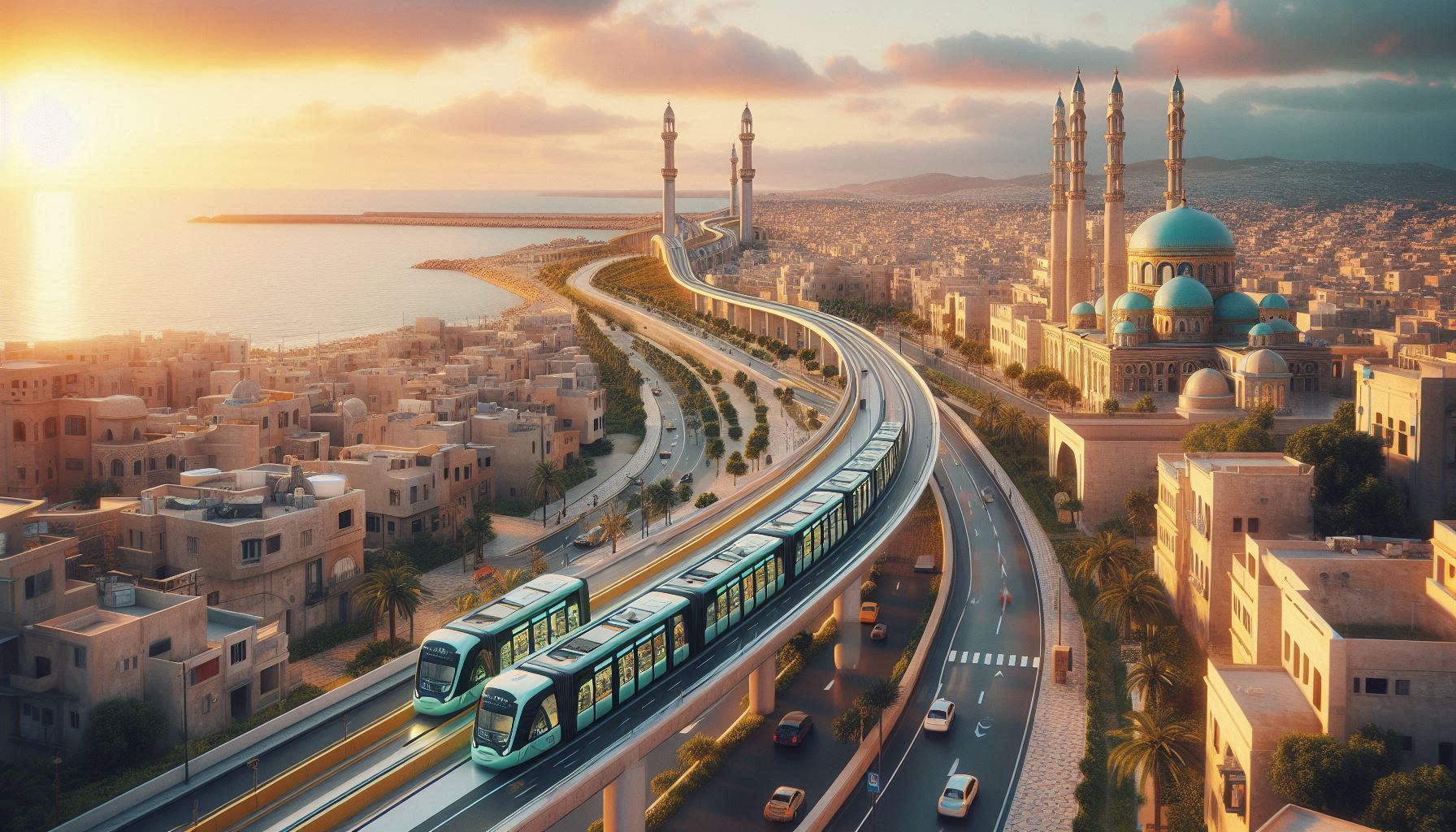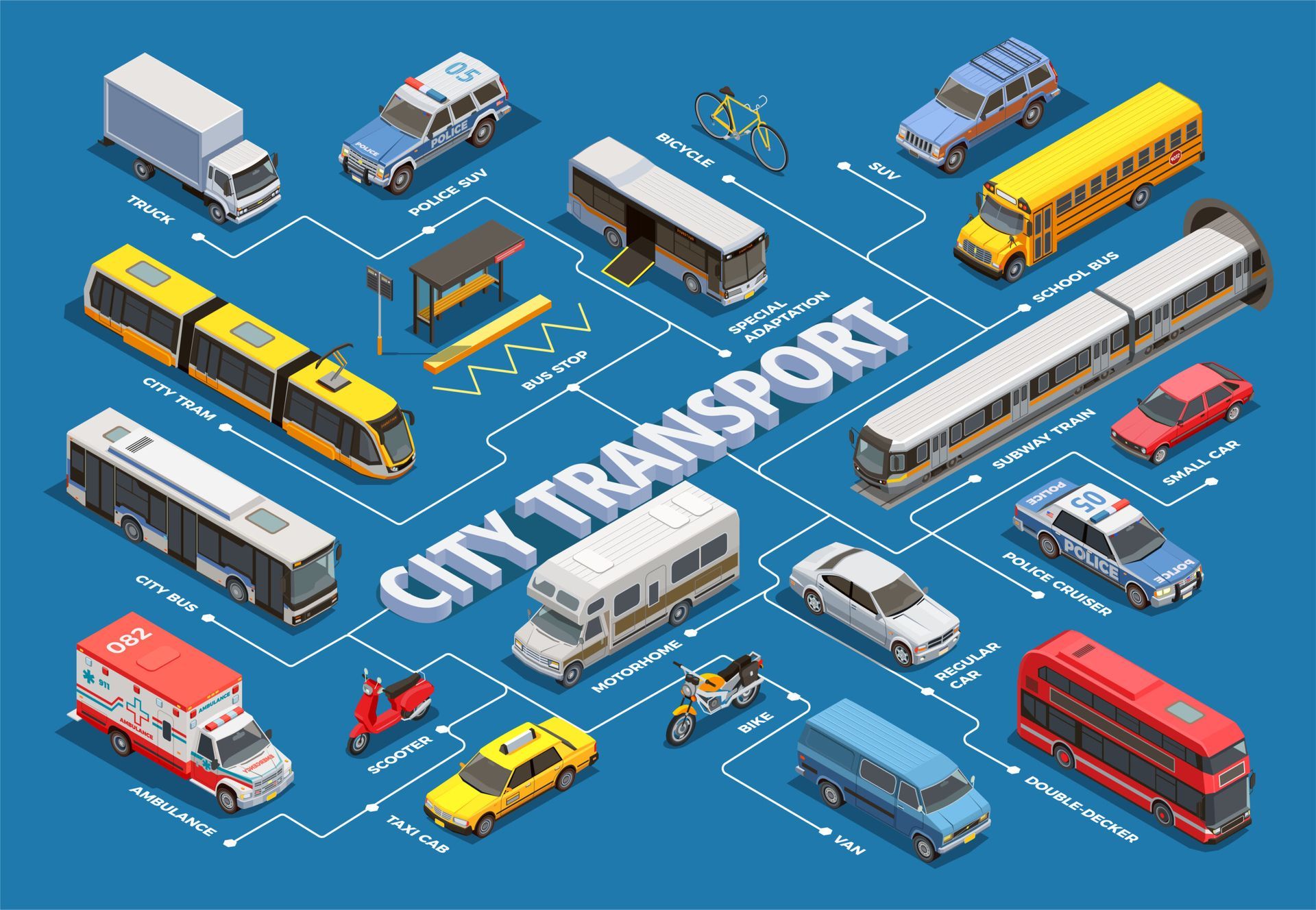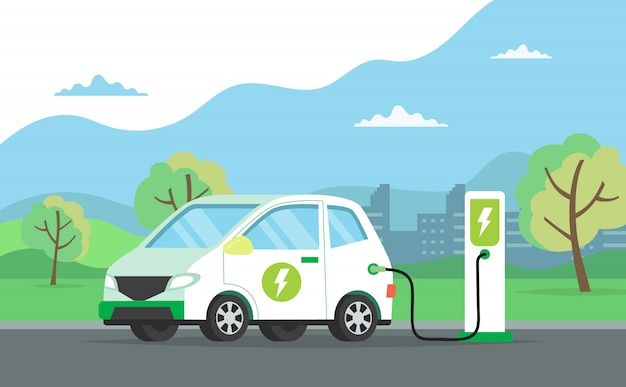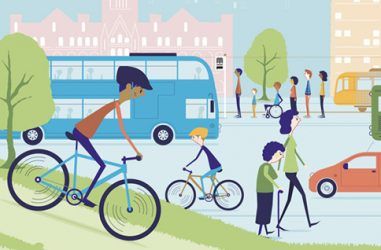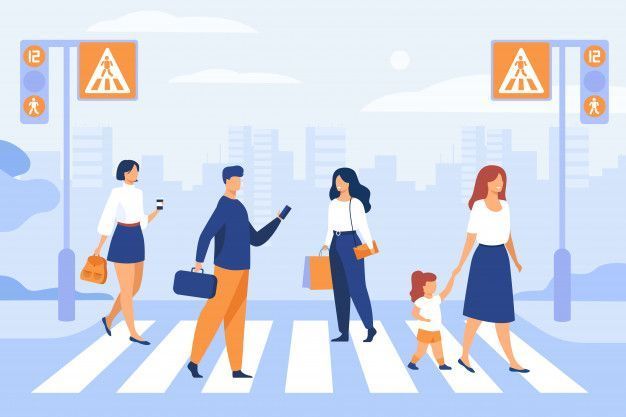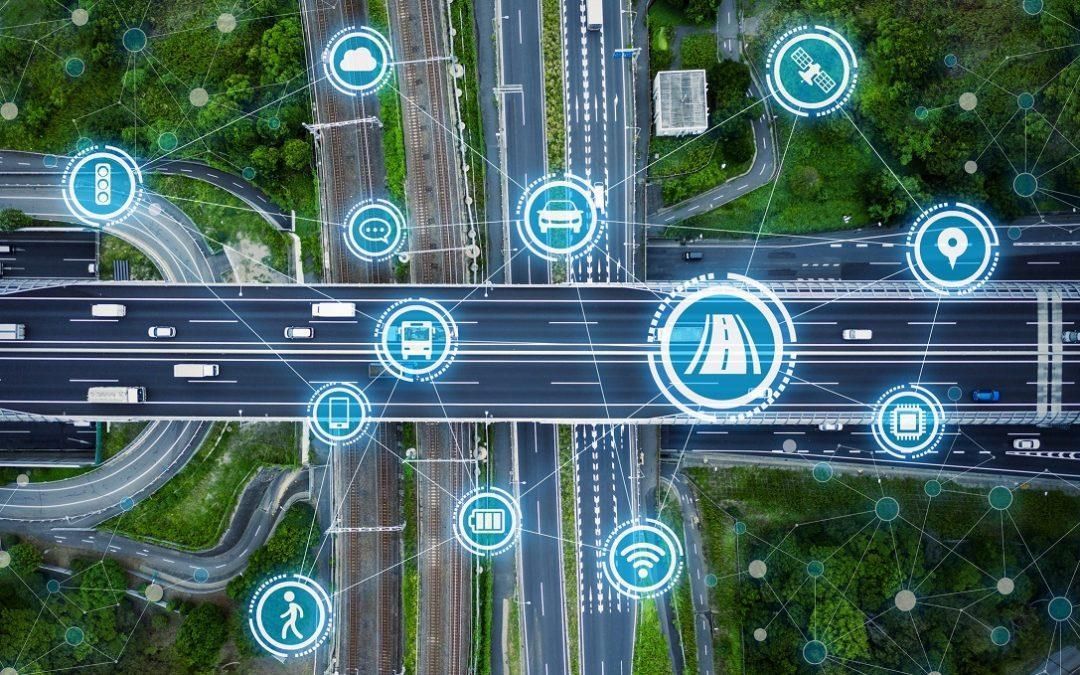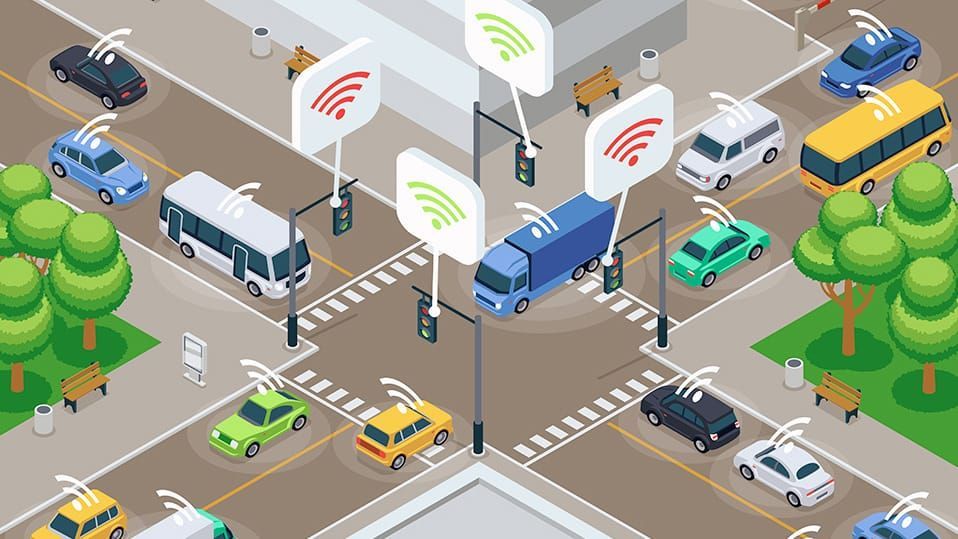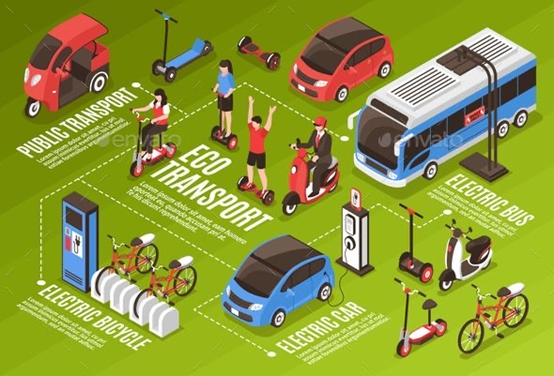Urban Transportation Solutions

About POLLIO
POLLIO Urban transportation solutions are a broad range of strategies and technologies that can help to improve the movement of people and goods in cities. They are designed to address a variety of challenges, including congestion, pollution, and inequality.
Integrated transportation planning
Integrated transportation planning: Integrated transportation planning is a process that considers all modes of transportation when making decisions about infrastructure and services. This helps to ensure that all modes of transportation are connected and accessible.
Demand management
Demand management strategies are designed to reduce the amount of traffic on roads. This can be done through a variety of measures, such as congestion pricing, parking management, and telecommuting.
Land use planning
Land use planning: Land use planning can help to reduce the need for travel by creating walkable and bikeable communities. It can also help to locate jobs and housing near public transportation.
How to improve the speed and reliability of public transportation
You don’t need to convince every driver to go by car every day. If you did, then you’d have overly crowded public transport.
Instead, you have to strategically prompt alternative transportation options to balance demand and supply. That’s what a modern intelligent transportation system helps accomplish by:New Paragraph
Real-Time
Providing real-time traveler information services for route planning
Dynamically
Dynamically adjusting transport supply and schedules during peak hours
Pitching
Pitching on-demand transportation options to remote and under-serviced areas
Prioritizing
Prioritizing public transport over private cars during rush hour
Collecting
Collecting and analyzing ridership data to plan new service routes
Air pollution levels rising in many of the world’s poorest cities
More than 80% of people living in urban areas that monitor air pollution are exposed to air quality levels that exceed WHO limits. While all regions of the world are affected, populations in low-income cities are the most impacted.
According to the latest urban air quality database, 98% of cities in low- and middle income countries with more than 100 000 inhabitants do not meet WHO air quality guidelines. However, in high-income countries, that percentage decreases to 56%.
In the past two years, the database – now covering 3000 cities in 103 countries – has nearly doubled, with more cities measuring air pollution levels and recognizing the associated health impacts.
As urban air quality declines, the risk of stroke, heart disease, lung cancer, and chronic and acute respiratory diseases, including asthma, increases for the people who live in them.
“Air pollution is a major cause of disease and death. It is good news that more cities are stepping up to monitor air quality, so when they take actions to improve it they have a benchmark,” says Dr Flavia Bustreo, WHO Assistant-Director General, Family, Women and Children’s Health. “When dirty air blankets our cities the most vulnerable urban populations—the youngest, oldest and poorest—are the most impacted.”
Urban mobility - challenges and solutions
Urban mobility refers to the movement of people and goods within urban areas, usually within cities or densely populated areas. It plays a crucial role in ensuring people's mobility, facilitating economic activities, and shaping the overall development of urban environments. Various modes of transportation are involved in urban transportation, including public transit systems, private vehicles, cycling infrastructure, and pedestrian networks.
Main aspects and patterns of urban mobility:
How Intelligent Mobility Is Solving Challenges for Smart Cities
Learn how mobility solutions are shaping the future of smart cities with real-time syncing of parking, traffic light, transportation, and GPS data.
When cities were born, no one imagined so many people would exist in the same place and need smart mobility solutions. The world has gone from villages to metropoles with millions of residents.
And how did we realize the need for smart mobility city solutions?
When you build a family home, you design a project that considers all areas of the land: where you want the house, the swimming pool, etc. Now imagine you buy the lot next to yours and want to expand your house. The second project will be an extension of the first. But the two projects won’t be fully integrated, as you didn’t consider the neighboring lot initially.
That’s what happened to cities!
With population growth, many problems and smart mobility challenges started to appear. Increased pollution and more traffic jams, for example, are caused not only by more cars but also by neglecting the importance of such smart city mobility solutions as parking arrangements – which are usually responsible for about 30% of a city’s traffic and 10% of its CO2 emissions. Population growth also makes it harder for cities to have efficient public transportation systems, as distances increase and there’s more demand on the system. There’s a need for new lines as part of intelligent mobility solutions and for more efficient planning of how resources are used. When we speak about private transportation, an increase in the number of cars and old street layouts also makes it harder for traffic flow optimization.
But beyond these easy-to-identify smart mobility challenges exist other problems related to security, tax compliance, and so on.
Projects
